12 January 2015 Edition
The killing of a republican
January marks the 40th anniversary of one of the most controversial episodes in the conflict
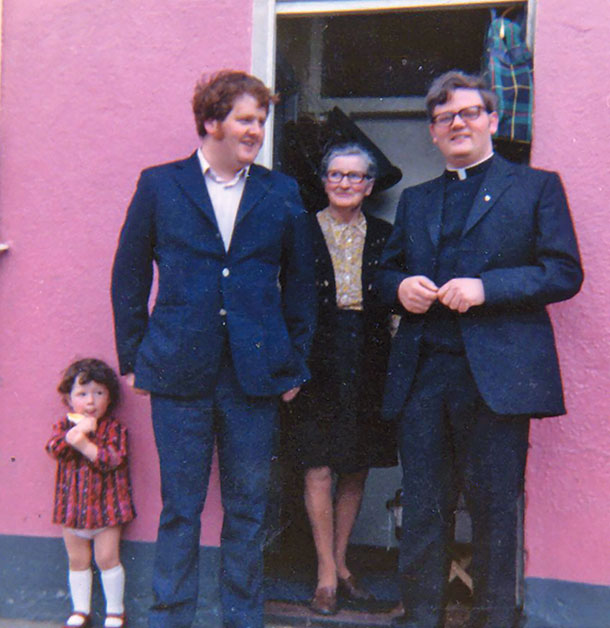
• John Francis Green was shot dead at a remote farmhouse in County Monaghan
According to former RUC officer John Weir, the loyalist death squad was part of a covert murder conspiracy initiated by the British SAS and other undercover units
FORTY YEARS after the assassination in County Monaghan of John Francis Green, exactly which arm of the British state was behind this cross-Border violation of a neighbouring state’s territory and the execution of an Irish citizen is still shrouded in mystery and secrecy.
The finger of suspicion points at Captain Robert Nairac, the SAS, and British Intelligence chiefs at British Army HQ in Lisburn under direct control from Whitehall and 10 Downing Street.
AT A REMOTE MOUNTAINSIDE farmhouse one bleak January night, the body of a young man, shot dead and lying in a pool of blood, was discovered by a farmer returning home after milking a neighbour’s cow. The farm was south of the border, on the slopes of Mullyash Mountain, County Monaghan. The dead man was a prominent IRA leader, John Francis Green, O/C of the 2nd Battalion, North Armagh Brigade, Óglaigh na hÉireann. John had escaped from Long Kesh three years earlier. It was 10 January 1975. Less than three weeks prior to the shooting, the Republican Movement, engaged in peace talks with a group of Protestant clergymen, had announced a ceasefire.
On a sad sullen January day
The faceless men in British pay,
Came to murder brave John Francis Green...
This month marks the 40th anniversary of one of the most controversial killings in the conflict. Even at the time, events leading up to the IRA man’s death indicated the killing was the work of a British assassination squad. Weeks prior to the shooting, and despite the fact that the farmhouse was located over a mile south of the Border, it had been a target of intense crown forces activity.
When a squad of armed British soldiers invaded the 26 Counties and raided the farmhouse of a citizen of the Irish state, the Garda responded by politely escorting the soldiers back across Border. Incursions by a British Army helicopter, which circled the farmhouse several times, evoked little response from a compliant Irish Government.
But the controversy which surrounded the killing at the time paled beside the revelations which were to follow almost a decade later.
A series of articles by world-renowned British investigative journalist Duncan Campbell in the New Statesman in 1984 exposed Britain’s ‘dirty war’ in Ireland.
According to Campbell, 1975 had been a time of bitter rivalry between different parts of the British counter-insurgency apparatus in the North of Ireland. When Fred Holroyd, a key player in the British military and security services’ covert activity, fell foul of that rivalry, he emerged as a whistleblower. He was later to write of his experiences in his book War Without Honour: True Story of Military Intelligence in Northern Ireland.
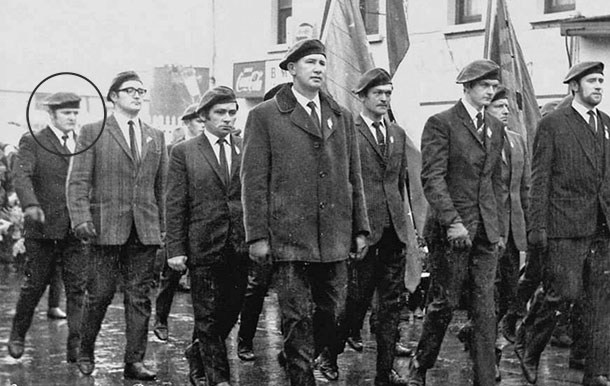
• John Francis Green was interned in 1972 but escaped from Long Kesh in September 1973
According to Holroyd, during a routine meeting with covert British military intelligence operative Captain Robert Nairac in Portadown, Nairac claimed that he had killed John Francis Green. To support his claim, Nairac had produced a colour Polaroid photograph of the dead IRA man taken soon after his death. According to Campbell, a Garda photographic team travelled up from Dublin the morning after the killing and took pictures using standard black and white film. A senior Garda source said no Garda officer in the area had the equipment to take a Polaroid photograph.
Nairac also detailed the killing. He described how he and two other men had crossed the Border, driven down a country lane and waited until the farmer had left Green alone in the house.
Nairac described two of them watching Green through an uncurtained window before kicking down the door and repeatedly shooting Green, emptying one gun into his body as he lay dying. A Garda investigation into the killing later confirmed many aspects of Nairac’s account. Forensic reports established two guns were used. One was a Spanish made Star automatic pistol later linked to four sectarian murders carried out between 1973 and 1976, including the Miami Showband massacre.
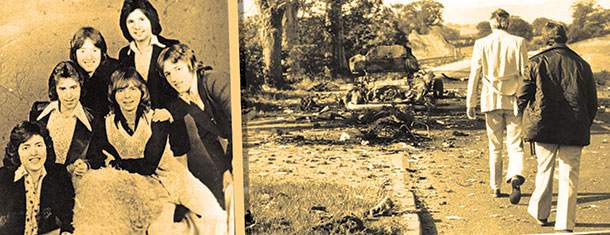
• One of the weapons used to kill John Francis Green was later used in the Miami Showband Massacre
Ex-BBC journalist Anne Cadwallader, now a case worker with the Pat Finucane Centre, in her 2013 book Lethal Allies: British Collusion in Ireland, writes that the weapon “had originally been the legal personal protection firearm issue to a UDR private, Robert Winters, a founding member of the modern UVF”. Winters claimed he had been mugged in Portadown and his weapon stiolen.
In July 1987, the story of Nairac’s involvement in the Green killing dramatically surfaced again when British Labour MP Ken Livingstone used his maiden speech in the House of Commons to expose aspects of Britain’s dirty war. A counter-offensive began almost immediately. Within days of the Livingstone speech, a number of journalists were approached by the Cabinet Office and, off the record, warned Holroyd and another British whistleblower, former British Army officer Colin Wallace, a senior psychological warfare specialist at British Army HQ, were ‘unreliable’.
In late July, Chris Ryder, a former Belfast correspondent who had fled to England after a story he wrote alleging IRA embezzlement was exposed as British propaganda, offered The Sunday Times a scoop.
A Polaroid photograph of Green, allegedly the same photograph passed to Holroyd from Nairac, was offered to The Sunday Times. The photograph, Ryder claimed, was taken by gardaí and proved Holroyd’s account was unreliable. The Sunday Times refused to run the story, believing it to be ‘black propaganda’. The photograph story surfaced again a few months later, this time in the London-based Independent via their Shankill-born correspondent, David McKittrick.
McKittrick claimed the Polaroid photograph which had connected Nairac to the Green killing had in fact been taken by the Garda and a copy sent to the RUC. The message was clear: the possession of such a photograph did not implicate Nairac or British Military Intelligence in covert assassinations south of the Border. In a full-page ‘exposé’, McKittrick attempted to undermine Holroyd’s credibility. In the short-term, McKittrick’s article succeeded, but the story of Green’s assassination just wouldn’t die with him.
Later revelations by former RUC officer John Weir identified Green’s murderers as Ulster Volunteer Force members in Portadown. According to Weir, the killers were Robin Jackson, the notorious loyalist killer known as ‘The Jackal’; Robert McConnell, an Ulster Defence Regiment soldier later executed by the IRA; and Harris Boyle, a UVF man who blew himself up during the Miami Showband Massacre.
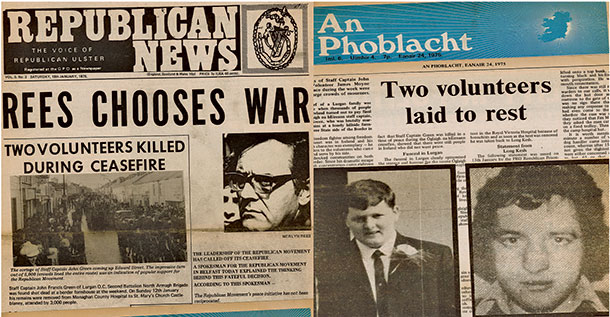
• Reports in Republican News and An Phoblacht from the time also reported on the controvertial death of IRA Volunteer James Moyne in Long Kesh
According to Weir, the loyalist death squad was part of a covert murder conspiracy initiated by the British SAS and other undercover units. In an article by Liam Clarke in The Sunday Times in February 1999, Weir claimed that Green had not been the intended target. It was the farmer, Gerry Carville, who had been selected for assassination. The death squad believed that another UDR soldier, James Elliot, shot dead in April 1972, had been held at the farm prior to his execution by the IRA. Shortly after Weir’s account appeared in the media, a former girlfriend of Robert Nairac reiterated the claim that the British SAS man had indeed been Green’s killer.
Forty years after the killing of John Francis Green, a married man with three young children at the time of his death, his family and friends still do not know the truth behind his death. Requests by the family for an inquiry have been ignored.
After Nairac’s death, during the 1977 trial of his alleged killers, Nairac’s commanding officer told the Dublin court that a “personal pistol’’ (apart from his official-issue Browning automatic) had been found in Nairac’s room after his death.
It has never been established whether the weapon referred to in court was the same as the weapon used in the Green killing.
It is not known if Nairac fired the fatal rounds himself or merely provided the weapon to a notorious unionist/UVF/UDR gang operating at the time and closely associated with Nairac.
It is not known where the genesis of the cross-Border operation came from. Was it from the ‘spooks’ at British Army HQ in Lisburn and their political leaders in Whitehall?
John Francis Green’s family is still seeking answers.
John Francis Green
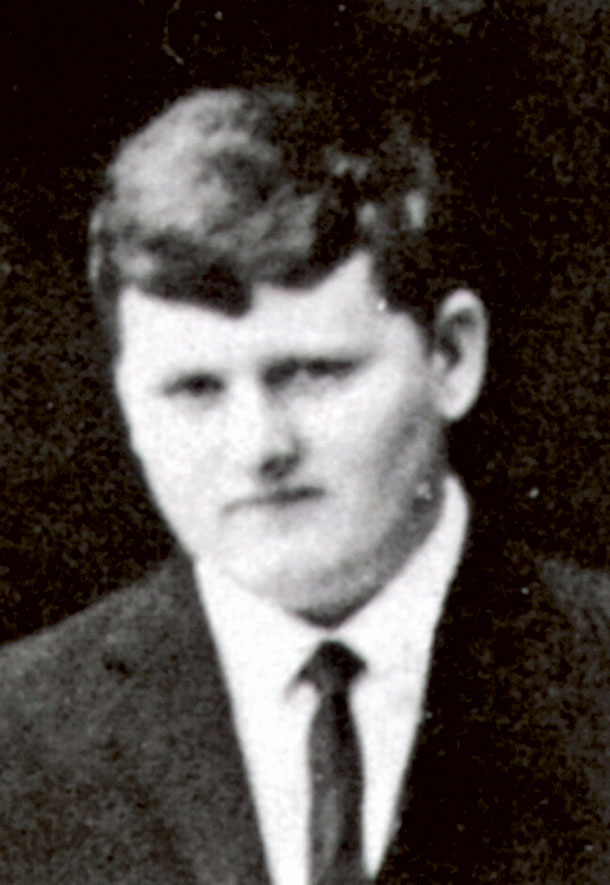
18 December 1946 - 10 January 1975
JOHN FRANCIS GREEN was born in Lurgan, County Armagh, on 18 December 1946. He was the third child of Edward and Kathleen Green. A married man, he and his wife Ann had three children, Ursula, Gerard and Frances.
A member of the North Armagh Brigade of Óglaigh na hÉireann, he was arrested in December 1972 and interned on the prison ship Maidstone and later in Long Kesh until his escape in September 1973, dressed as a priest. His younger brother, Leo, was also imprisoned and took part in the 1980 Hunger Strike.
Forced to live on the run, he stayed in the Monaghan and Castleblayney areas where he remained active with the IRA, returning periodically to his native Lurgan.
On the evening of 10 January 1975 he left Castleblayney and drove to a farmhouse at Mullyash, where he had been staying. He spoke to the farmer and indicated that he was going to have a shave while the farmer went to tend a neighbour’s cattle. When the farmer returned he found John Francis lying at the bottom of the stairs, having been shot a number of times. His killers, believed to be a combination of British Army Intelligence, Ulster Defence Regiment soldiers and unionist paramilitaries, had left a number of live bullets on top of his body
Thousands of people attended John Francis’s funeral which had an IRA guard of honour. He is buried in the Republican Plot in St Colman’s Cemetery, Lurgan.



